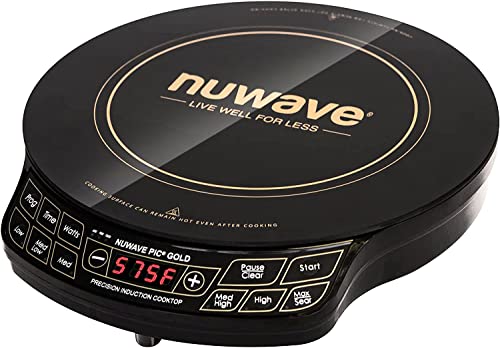On my dashboard I use this hall effect ammeter to show me how many amps my battery is accepting, although originally I had it wired to read total alternator output:
https://www.amazon.com/bayite-Digital-Current-Voltage-Transducer/dp/B01DDQM5PK
This has only 0.2 amps resolution, and at least on mine, the voltmeter was also off by 0.2v making that feature useless or worse, misleading.
. I do not use its voltmeter as I have 3 wire voltmeters right next to the Ammeters display. The third wire is the voltage sense line which I have connected right at battery terminal.
Taking voltage readings anywhere but directly from battery terminals can be misleading, depending on where it is taken from and the other loads on that specific circuit. The ones that plug into ciggy outlets can be misleading depending on the vehicle, as most 12v ciggy outlets share a lot of wiring from battery to fuse block to the individual circuit that powers the 12v outlet. Better than no digital voltmeter though.
I've not really explored other ammeters too in depth. I once used a 100 amp drok shunted ammeter, and it could be calibrated, but was not very accurate and could not register loads below ~0.7 amps.
I like these wattmeters, although how accurate they are will likely vary widely among the many different clones. I'd also not pass more than 25 amps through them continuously, and even that would be pushing it.
https://www.amazon.com/KNACRO-analy...sr=1-4-fkmr1&keywords=gt+power+130+watt+meter
These only count current flowing in one direction, only count upto 64AH and have some other limitations too.
I modified mine with 8awg wire, and put on Anderson powerpoles so I can put it inline on many of my circuits to see what an Individual appliance is using. I also use them on charging sources to see what it is doing/ has done. There are some differences in the different clones. I had one which was very accurate to low currents, and some others that were much less so. One windynation version with 8awg leads I bought reads instantaneous current watts and amps and voltage precisely, but has some programming error in its WH and AH displays and reduces its usefullness. I use it on my schumacher charger which cannot be trusted.
Watching how many amps are flowing to or from a battery at its voltage is highly enlightening, but even more so when one can twist a dial to control the voltage and see the resultant difference in amperage.
There seem to be a lot of Ammeters coming out of china, shunted and hall effect sensors. I can only report on those that I use myself, and I do not need any more, and am not rolling in funds to test newer budget offerings.
The clamp on DC ammeter digital multimeter is a great tool to be able to bust out to test a circuit/device. I use a sears craftsman version and it appears to be pretty accurate overall but I do not have a super accurate way to test its accuracy.
A full time digital ammeter display will be a wonderful learning tool. with one one will learn how much of their battery they can use and how effective their charging sources are, and will let the watcher know when thier battery capacity is fading, and when it is fading fast and plan accordingly for a battery replacement, rather than be surprised and inconvenienced when failure happens.
When batteries start fading fast, the Newbie usualy starts freaking out thinking something in their system has instrantly failed, and only then attempt to revive battery with a hail mary recharge, but this is too little too late in most cases. However the hail mary recharge usually helps that user to better understand what the battery requires and helps extend the life of the replacement battery.
A person with both an Ammeter and a voltmeter can head off premature battery failure at the pass. A voltmeter alone can be highly misleading when one does not know the amps flowing into or out of the battery at that voltage. Its like driving without a speedometer and having no ability to judge the speed one is driving by any other means.
My battery now is at 14.7v. If it were taking 10 amps I know the battery is still well under 90% charged, if it were taking 0.5 amps I would know it is about 99% charged.
It is taking 2.1 amps so I know it is about 97% charged, and it will likely take another 2 hours before amps taper to 0.45a or less on this 90AH battery, and at that point it can be considered fully charged.
My AH counter says I am 2Ah from full, but experience tells me this could actually be 3 or 4Ah from full if I had not reset it recently, but I have, and 2Ah from full and accepting 2.1 amps at 14.7v falls within all my accumulated experience with this battery, over the 600 cycles I have gotten from it.
if I could not see the amperage, and only saw 14.7v, well I'd be wearing blinders. If my solar controller reverted now to float voltage, even with 8 more hours of daylight left, it is doubtful that 100% would be achieved. Luckily it will not revert to float until amps taper to 0.4 or less.
A battery at absorption voltage is being charged as fast as it is safe to do so.
A well depleted battery might require a hundred amps to instantly be brought to absorption voltage
a minorly depleted battery might only require 5 amps
a nearly fully charged battery will require much less amperage to be held at absorption voltage.
Without the ammeter showing current flow, the voltage (electrical pressure) can be very misleading









































































